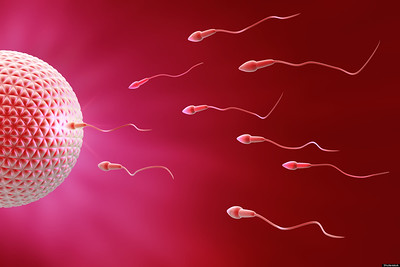Where Is The Option For Male Contraception?
With male contraceptive research cropping up recently in the media, this begs an important question. Why is it that 60+ years after the pill was developed, there is still no contraceptive drug available for men?

Most women above the age of 16 will have experience with some form of contraception, and their many side effects. With male contraceptive research cropping up recently in the media, this begs an important question. Why is it that 60+ years after the pill was developed, there is still no contraceptive drug available for men?
There are numerous hormone combinations available to women. Each come with a warning of the adverse effects. These range from mild (weight gain and nausea) to more severe (blood clots and strokes). The combined pill, Envoid, was developed in the late 1950s and approved for usage by the FDA in 1960. This small dose of hormones has a large influence on the female reproductive system. Since its introduction, the declaration of Helsinki brought forward participant protection and highlighted whether the benefits outweighed potential harm. As a result, a relatively safer combined contraceptive pill was introduced. Currently, both the combined and mini pills are reported to be 99% percent effective when taken correctly.

As of now, the only male contraception available in the UK is condoms or a vasectomy. The lack of a male-contraceptive product is not due to limited research, but a failure of approval due to reported side effects.
In 2016, a trial study was carried out to investigate the effect of injectable hormones contraception on male participants. 95.9% of users showed a supressed sperm count, with only 1.57% of pregnancy occurring in only 1.57% of participants partners, and reversibility in 94.8% of participants. Despite researchers reporting a “near complete and reversible suppression of spermatogenesis”, the trial was terminated early due to adverse effects. However, 99% of these side effects were noted as mild or moderate, and 38.8% were unrelated to the drug. The most common adverse effects reported were acne, pain at the injection site, increased libido, and mood disorders. Interestingly, these are all effects reported by users of female contraceptive products, as described by the NHS.

In developing male contraception, non-hormonal targets are generally preferred whilst hormonal options are deemed unsafe. As of February 2023, scientists studying mice reported that inhibition of the soluble adenylyl cyclase pathway (a non-hormonal pathway) prevented sperm from being able to swim for about 3 hours. They found that the drug prevented 100% of pregnancy in mice who mated 30 minutes after drug administration, and that normal function returned within 24 hours. Despite these promising results, the reality is that it is only in animal testing stages.
Susan Walker, professor in contraception and reproductive health at Anglia Ruskin University, told the BBC she once had hope for a male contraceptive pill but is “no longer optimistic”, as the standards of approval after human clinical trials are nothing less than perfection. Regardless of this hurdle, there is still a cultural stigma around male contraceptive products amongst the male population. Due to this stigma, an approved contraceptive pill will not necessarily guarantee a solution. For now, despite the equal responsibility of pregnancy prevention on both partners, it still falls to women to bare the weight, and side effects, of birth control.








